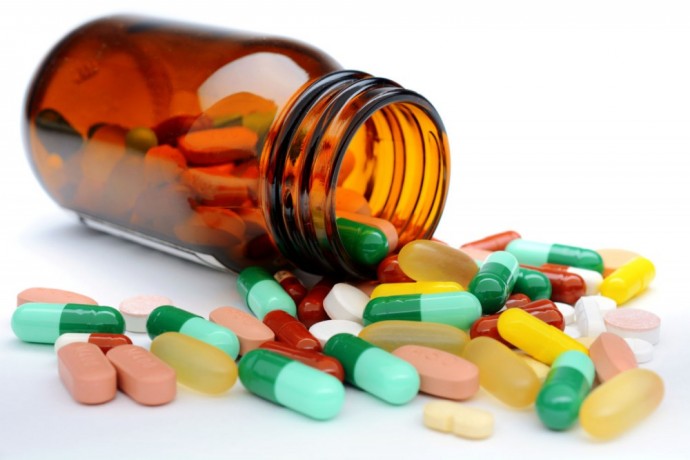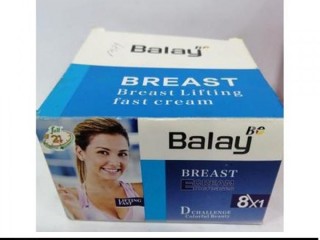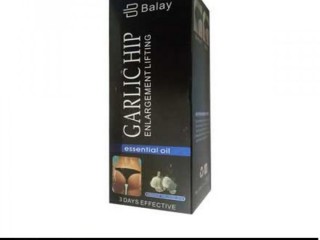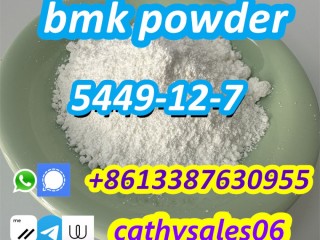ROLE OF MEDICATION
5 years ago - Services - Lahore - 6.3K viewsWhen diet and exercise alone is not sufficient to control blood glucose level, then doctors advise the use of medication depending on:
- type of diabetes
- blood glucose level
- duration of diabetes
- presence or absence of complications of diabetes
INSULIN: Insulin is the hormone produced in our body by the pancreas that helps in proper utilization of glucose. In type 1 diabetes, pancreas fails to produce insulin completely, so the required insulin has to be injected. Whereas in type 2 diabetes, pancreas is producing some insulin but this insulin is not effective so there are medicines that will help this insulin to work better. Initially animal insulins were used, derived from beef or pork, they caused allergic reactions. Nowadays only genetically engineered human and synthetic insulins are used that have literally no side effects. Insulin cannot be taken as a pill as it will be destroyed by enzymes in our stomach so it has to be injected in the fat under the skin from where it is gradually released.
Types of Insulin: Depending on onset, and duration of action there are following types of insulin
Rapid acting Starts acting in 5-10 min, reaches peak action in 1 hour and total duration of action is up to 2 hours These include lispro, aspart and glulisine insulin
Short acting Action starts in 25-30 min after injection, reaches peak action in 2 hours, complete duration of action is around 5-6 hours This type includes Regular human insulin
Intermediate acting Action starts in 2-4 hours , peak action at 4-12 hours, duration of action 12- 18 hours NPH insulin is an example of intermediate acting insulin
Long acting Ultra lente starts to work in 6-10 hours and has a duration of action lasting 20-24 hours Glargine and detemir have a total duration around 20-24 hours, they have no peak of action, they maintain a basal level of insulin in the blood at all times A new form of insulin, Degludec has recently been approved for use, it has a duration of action of 36 hours.
How to inject insulin: In Pakistan almost all the insulins are dispensed as U-100, that means 100 unit/ml. Most commonly practiced method is use of insulin syringe to inject insulin. Insulin injection sites are around the umbilicus in a 2 inch diameter area, front and outer sides of thighs, outer side of upper arm. Do not inject on scar tissue or pigmented lesions. Keep on rotating sites so that injecting on the same site daily does not produce a sore area. Insulin syringe can be reused( BY THE SAME PERSON) up to 5 times. But you have to keep the syringe clean and capped if you intend to reuse it. Do not share needle with another patient. After using discard the sharps and needles in proper containers.
Easy steps to inject insulin:
- Fill required dose of insulin units in the syringe
- Clean the site of injection
- Hold a 2-3 inch thickness skin fold with your left hand
- Insert the needle vertically (90 degree angle) into the skin fold
- Keep the needle inside for 5 seconds then remove gently and press the site with cotton for few seconds.
Precautions:
- Do not keep insulin in extreme heat, sunlight or extreme cold
- Do not keep it in freezer
- Do not keep in glove compartment of your car
- Check expiry date before using
- Do not use insulin if you see some floating particles in insulin bottle
Insulin Pens Insulin pens are devices that have made insulin injection easier. They have prefilled insulin cartridges, so there is no hassle to fill the syringe, just dial the required dose on the pen and inject with the plunger. A single pen is used multiple times till the whole insulin in the cartridge is used.
Insulin Pump Pump is a devise attached to the patients belly with a catheter inserted under the skin, the pump injects small doses of short acting insulin throughout the 24 hours period. It is used mostly in type 1 patients. It alleviates the need to calculate and fill syringes and inject 3-4 times a day. Although it is easier to use, but pumps require special care to prevent skin infections which can be serious in diabetics.



















